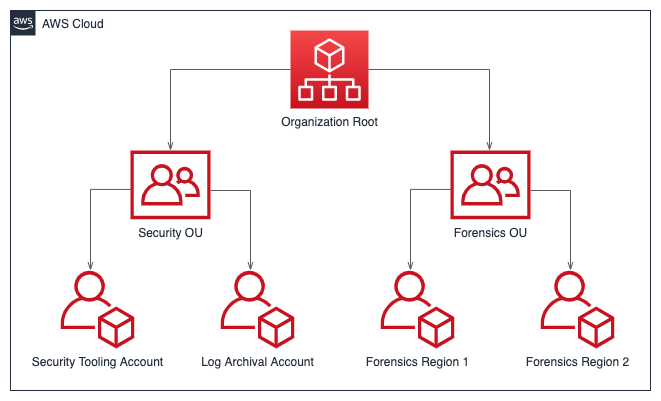When you register a new domain or make changes to DNS records, it needs time to propagate across the internet. This process is known as domain propagation. It usually takes up to 72 hours and impacts your website’s accessibility and email functionality during this period.
What Affects Domain Propagation?
- Time to Live (TTL)
- Lower TTL speeds up propagation but may slow down DNS lookups.
- Record Types
- A and MX records propagate faster than NS records due to lower TTL values.
- DNS Cache
- Old or corrupt cache can slow down propagation; regular flushing helps.
- Network Conditions
- Reliable internet and hosting services enhance propagation speed.
How to Check Domain Propagation
Use online DNS checkers to monitor propagation status:
- Dnschecker.org
- Checks domain reach across different continents.
- Whatsmydns.net
- Instantly check your domain’s IP address against DNS records.
- Nslookup.io
- Provides detailed information on your domain and its records.
Practical Tips for Monitoring Domain Propagation
- Use Multiple DNS Checkers: Different tools provide varied insights.
- Clear Browser Cache: Ensure you are viewing updated information.
- Patience is Key: Full propagation can take up to 72 hours.

By understanding and monitoring domain propagation, you can ensure smoother transitions and minimize downtime for your website and associated services.
Conclusion
Domain propagation is a crucial process that ensures your website and DNS changes are recognized globally. By using the right tools and understanding the factors that influence propagation, you can effectively manage your domain and ensure minimal disruptions.


